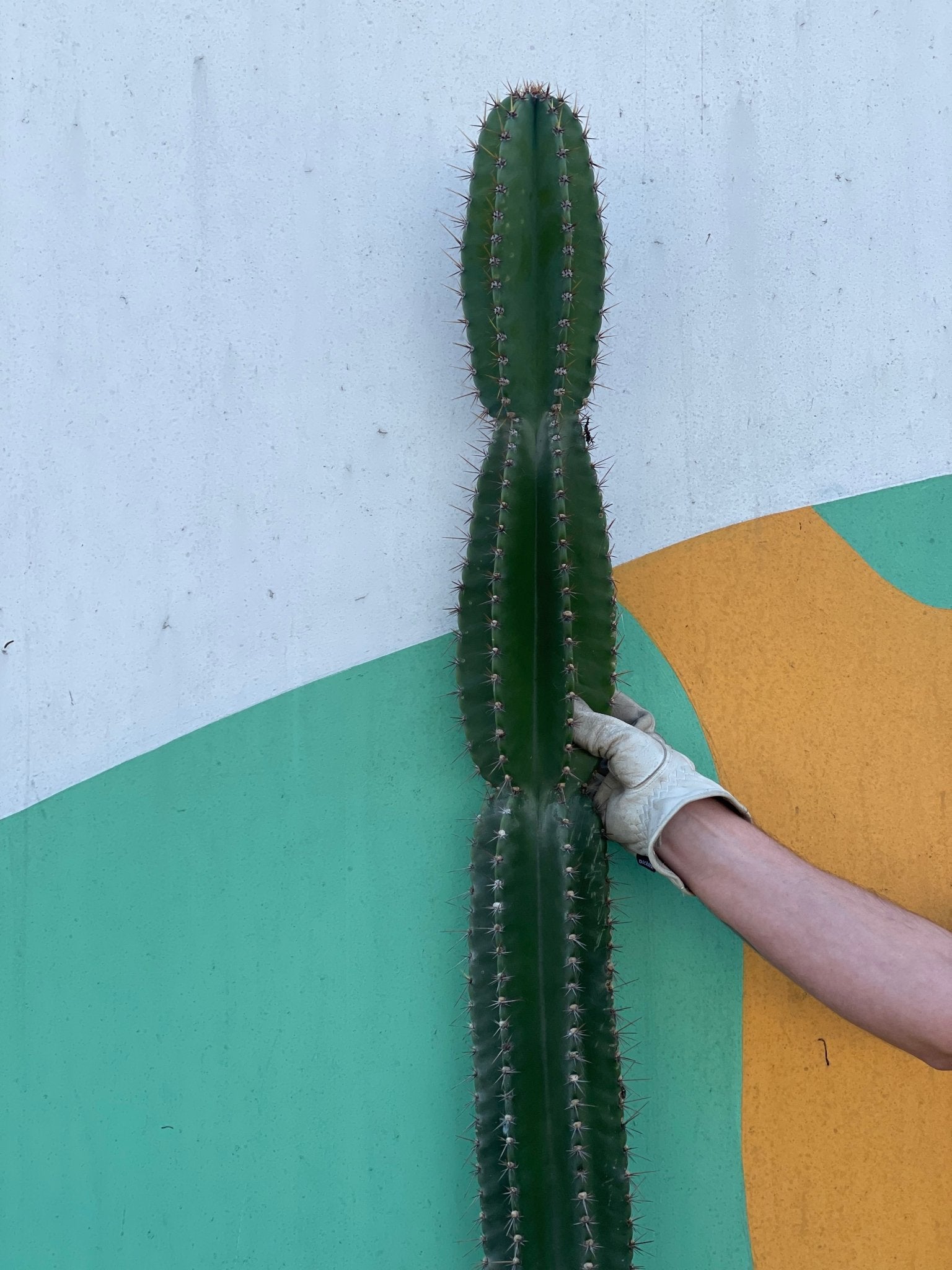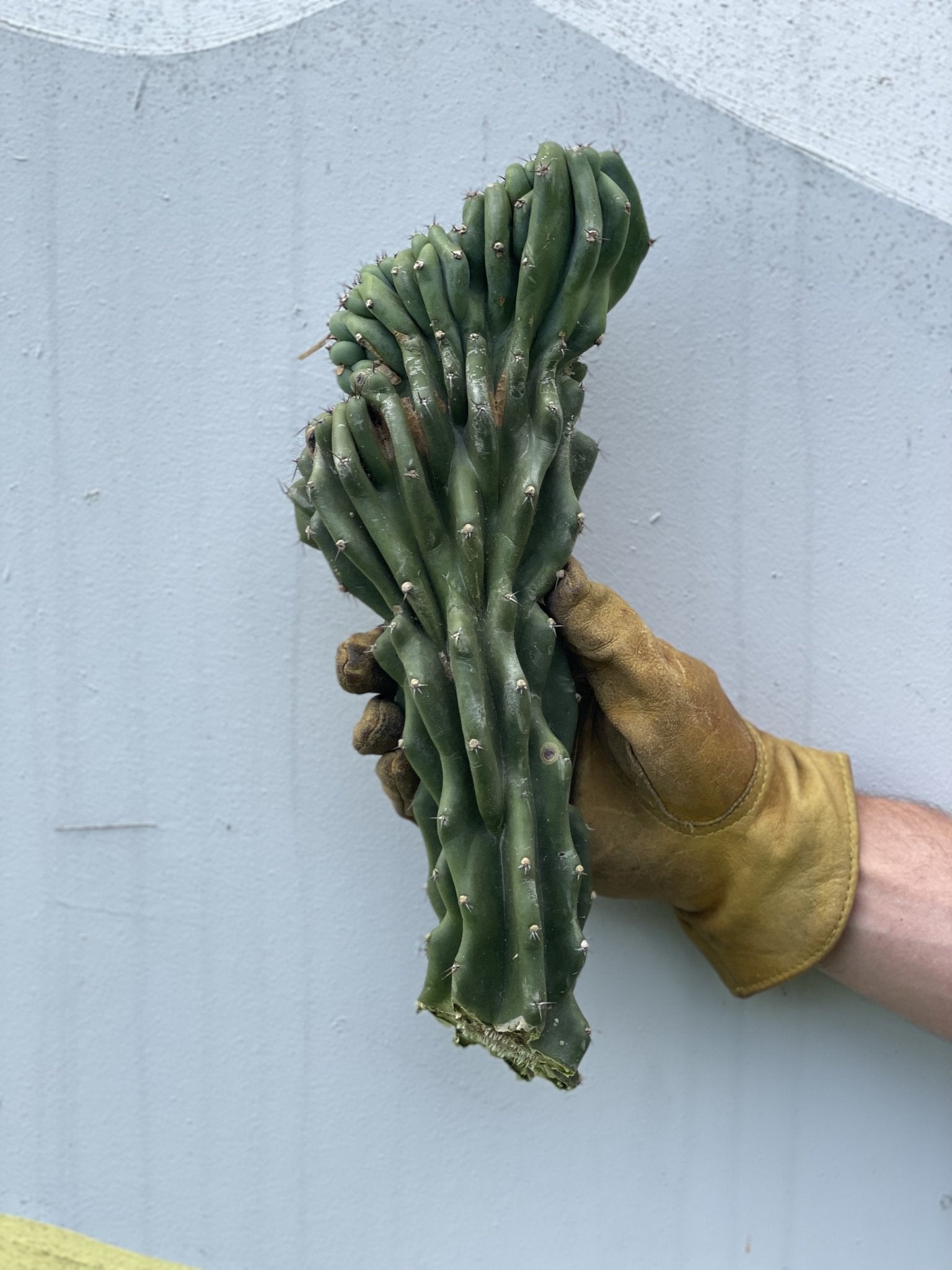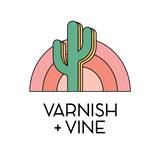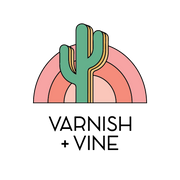Summary:
● Gardening Pet-Safe: Use plants that are not harmful to pets, such as calatheas and spider plants.
● Fashionable and Safe Installation: Utilize high-placed planters, solid containers, and soil covers to strike a balance between fashion and pet-proofing.
● Official Recommendations: Justify your actions with official sources of information, such as the ASPCA's list of toxic plants or knowledge on pet behavior.
The next advantage of indoor gardening is that it provides a congenial and relaxing break from the noise of everyday life. However, you are unsure because you also need to consider your pet, as well as the beautiful growth of your greenery, to make it a safe place for your pet as well. Cats are climbers. Dogs are fond of digging. And they may graze on leaves, and sometimes at the cost of their health, both.
The proper selection, location, and design should focus solely on creating a pet-safe indoor garden. Luckily, being safe does not mean you have to sacrifice style. With the proper steps, you can make an elegant, stylish garden paradise that you and your pets can all enjoy safely, and it will be beautiful.
How do we do it? Let us find out.
1. The reason Plant Safety is essential to Pets:
The fact is that many gorgeous houseplants are toxic to pets. Dogs and cats often find it fun to chew on a leaf or dig in a planter due to boredom or curiosity. However, such behavior is soon to be identified as risky.
The ASPCA reports that there are more than 700 plants known to be toxic to pets, many of which are common household plants such as lilies, pothos, aloe vera, and philodendrons.
The effects of plant toxicity can include mild nausea and vomiting, and more severe consequences such as kidney failure and nerve damage.
As evidenced by the fact that over three-quarters (3/4) of U.S. households own a pet (American Pet Products Association, 2023), it is crucial to ensure that the indoor environment is modified to prevent potential accidents involving pets and plants.
2. Best Pet-Safe Plants [To Consider]
The first step in developing your indoor garden involves selecting non-toxic plantings that are safe for pets and humans. These are some of the trusted options that not only have beautiful aesthetics:
● Spider Plant (Chlorophytum comosum): Fashionable, versatile, and cat and dog-friendly.
● Calathea plants are also lovely, with their distinctive leaf patterns that bring texture and color.
● Areca Palm (Dypsis lutescens): It is a large, leafy plant with a tropical feel that can be incorporated into any room.
● Boston Fern: This plant is suitable for use in hanging baskets and areas with low light.
● Prayer Plant (Maranta leuconeura): bright colors and harmless, the leaves swing daily.
● Thyme, rosemary, and basil: Useful, pleasant-smelling, and entirely safe for prying pets.
Quote: Having a lush indoor garden and pets under one roof is made possible. The most important thing is to educate yourself; make sure to compare the plant list you have with the directory of toxic plants maintained by the ASPCA, says Dr. Sarah Klein, DVM, community spokesperson for the American Kennel Club.
3. What to Avoid at All Costs
Some plants, although they may seem tempting, are just not worth the risk. These pets develop severe reactions even on ingesting small amounts.
Poisonous vegetation to prevent:
● Lilies- Particularly poisonous to cats; death may result due to kidney damage.
● Sago Palm-partially or all parts are extremely dangerous to dogs and cats.
● Philodendrons and Pothos- These contain calcium oxalates, which cause the mouth and stomach to be irritated.
● Dieffenbachia (Dumb Cane) - Will result in swelling and limited breathing.
These must be avoided altogether or placed in confined areas, such as glass indoor terrariums or even high-hanging baskets that are out of reach.
4. Pet-Proof Your Plant Displays:
Making a garden safe does not always involve selecting the appropriate plants; it also involves how the plants are presented. Chewing, digging, and accidents can be avoided with the correct setup.
Take a higher Planter with a Display or Wall Mounted Stand:
By ensuring that the plants are not on the floor, it also makes it difficult for dogs and cats to access them. They should be pedestal planters, floating shelves, or hanging pots. In homes where household cats are agile, place plants in areas that are harder to jump to and ensure that plants are not placed near taller pieces of furniture.
Protect Your Soil:
Dogs, like other pets, tend to dig up the soil around plants. To safeguard your floors and your plants:
● Add topsoil coverage with river rocks, pinecones, or moss.
● Place mesh guards or breathable material over the plants so that no one can reach them, but the air still circulates.
Expert tip: The alternative material should prevent digging. River stones or gravel materials both allow for water retention and lower the possibility of fungus gnat growth, warns Emily Reeves, a certified indoor plant consultant.
5. Style up with Safety:
One can create a garden at home that is not only safe for pets but also visually appealing. This is the way of mixing Safety with aesthetics:
Go Vertical:
High plant stands and wall planters help one stare upwards, making the space look bigger and the plants more accessible. Take a vertical wall garden with containers and hanging calatheas or a garden of herbs.
Select Non-Pet-Friendly Materials:
Choose large pots made of ceramics or concrete that do not easily fall. Avoid using light plastic or broken glass, particularly on the ground floor.
Make Shared Zones:
Assuming you have pets, such as cats and dogs, consider integrating their living space with the garden. Shared wellness spaces can be created with a cozy reading corner featuring pet-friendly plants or a sunbathing shelf with a cat perch adjacent to a plant.
6. Train Pets not to destroy the Area of Plants:
Training is another essential area in indoor gardens that people often overlook. It may take some time and repetition before your pets learn not to nibble or dig.
● Apparent positive reinforcement: Reward pets for avoiding plants.
● Use natural deterrent sprays (certain citrus oils are usually safe for your type of pets).
● Install baby gates or dividers where needed.
Enrichment is a side effect of an indoor garden that one would not have thought of. Dogs and cats often enjoy resting around the vegetable garden, which can help alleviate anxiety and aggression.
Stat: A study conducted by Hegarty, McDougall, and Hind (2010) and published in Applied Animal Behaviour Science found that dogs with access to stimulating environments (such as gardens) displayed 30 percent reduced levels of anxiety-seeking behavior.
7. Consider Air Quality and Lighting:
A considerable number of indoor plants help clean the air indoors, particularly spider plants and palms. However, pets should be protected by avoiding the use of rough chemical fertilizers or leaf sprays.
Lighting:
In case you do not get sunlight in your space:
● Apply long-life grow lights to indoor plants.
● Ensure that cords are kept out of reach of your pets and locked away.
Not all European Doberman puppies found in searches for "European Doberman puppies "are suitable for people looking to adopt high-energy dogs that require more structure and enclosed environments to play in the comfort of their own home. When welcoming a new pet into your home, it is best to act immediately to create a secure green space, avoiding interference with decorations and other plants in the area.
8. Keep in Consistent Checks:
It is better to inspect once a month:
● Do leaves hang in the mouth?
● Is the soil disrupted?
● Do we have any stressed-out plants due to pets?
Turn plants as needed, cut off dead leaves, and remove any hazardous additions. Animals evolve as they mature, so should your indoor garden.
9. Make Your Safety Authoritative:
In a case of confusion, check credible sources:
● ASPCA Toxic and Non-Toxic Plants: https://www.aspca.org/pet-care/animal-poison-control/toxic-and-non-toxic-plants
● Veterinary Partner – The long-time companion for pet health knowledge.
● PetMD: Behavior, Wellness, and Safety Guides.
These meet the E-E-A-T guidelines created by Google, which consist of Experience, Expertise, Authoritativeness, and Trustworthiness, thus ensuring that you are doing the right thing in the best interest of your pet (Search Engine Journal, 2023).
Conclusion:
A fancy pet-safe indoor garden is entirely an option, provided you have the right kind of plants, the right kind of containers, and the right kind of habits. The final solution is harmony: your greenery is happy and alive, your territory is pet-safe, and your house is also a venue of peace.
Last Idea: Says Emily Reeves, when your indoor garden shows proper respect for pets regarding their instincts and boundaries, the indoor garden stops being simply decorative and instead becomes a part of the family.
Therefore be it that you are a proud pet lover or that you are searching online as to where you can find the words European Doberman puppies for sale near me, do not forget to plan so that you have a pet-friendly as well as a plant lovable environment already prepared on the day you land your first pet or even on the day they are first born that is.












Leave a comment